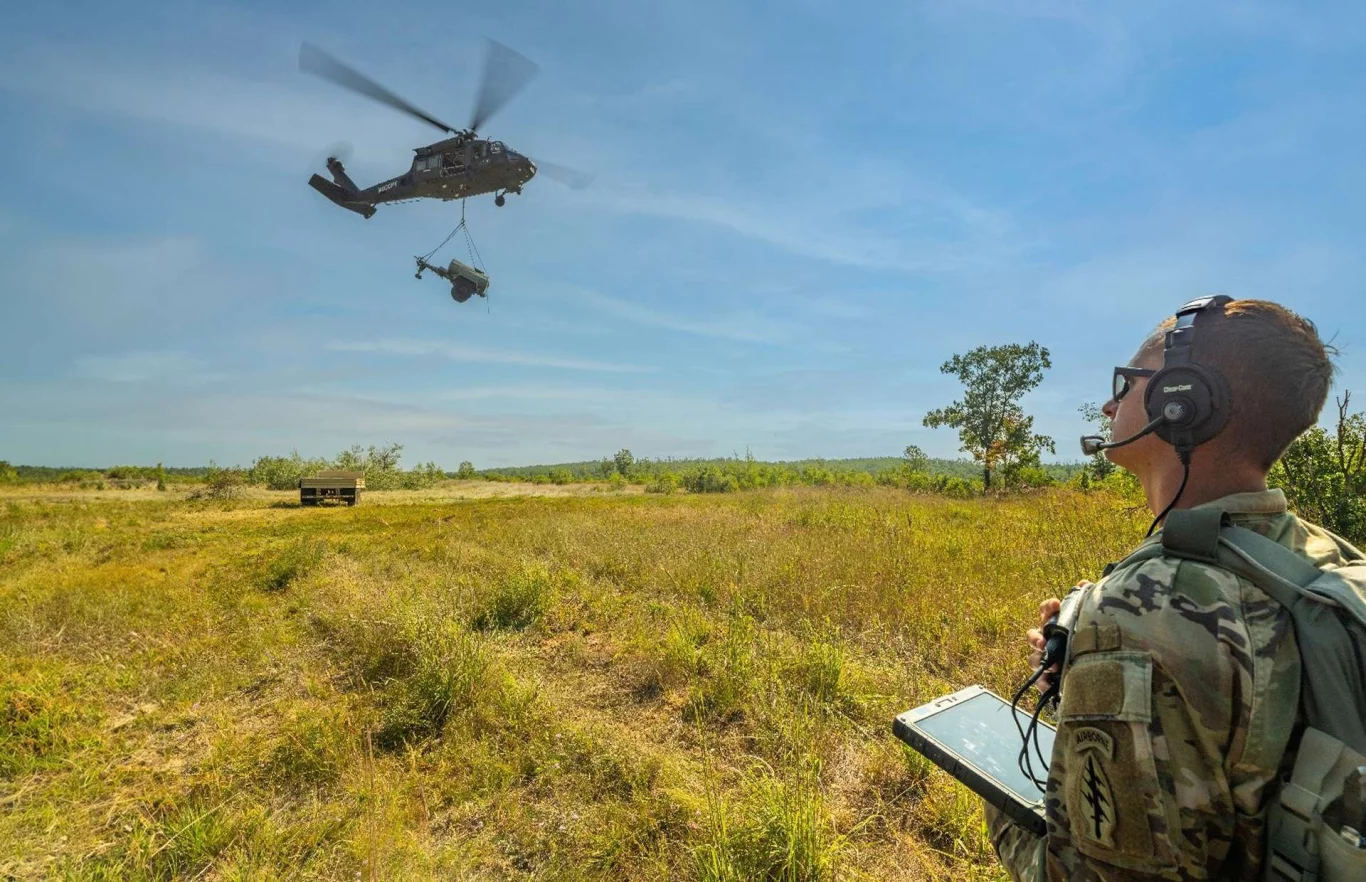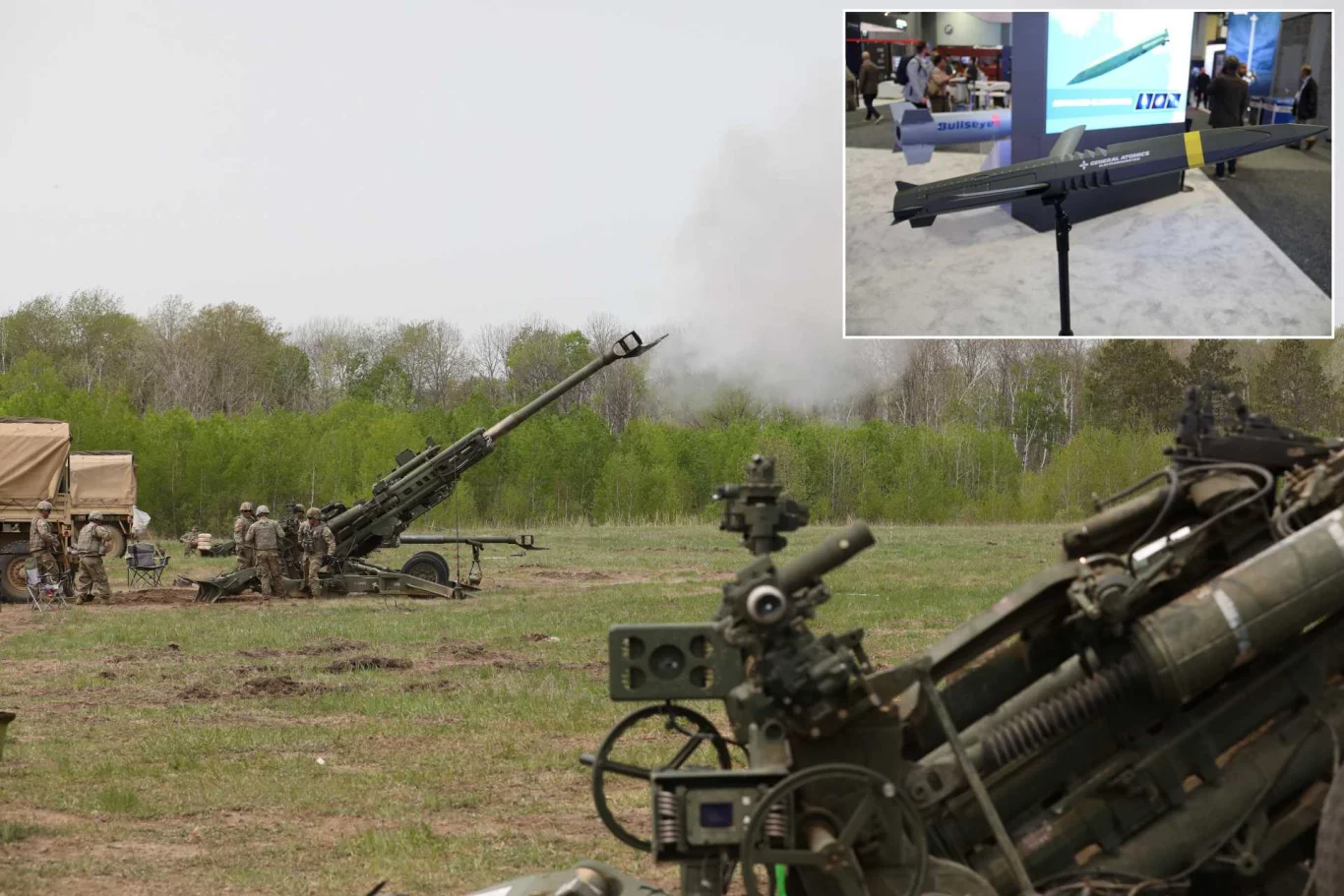Introduction:
The future of aviation is here, and it’s more astounding than we could have imagined a few decades ago. Gone are the days when the cockpit was exclusively the domain of highly trained pilots. In a groundbreaking demonstration of technological advancement, a U.S. Army Sergeant, with no prior piloting experience, successfully “flew” an autonomous Black Hawk helicopter during a real-world operation. This isn’t just a fascinating anecdote; it’s a pivotal moment that signals a profound shift in military aviation, promising enhanced safety, operational efficiency, and a reimagining of human-machine collaboration.
The Dawn of Autonomous Flight:
For years, autonomous vehicles have been a hot topic, with self-driving cars frequently making headlines. However, the complexity of autonomous flight, especially in dynamic and unpredictable environments, presents a much greater challenge. Helicopters, with their intricate controls and inherent instability, are particularly demanding. That’s what makes the recent achievement with the Black Hawk so remarkable. It’s a testament to years of relentless research and development in artificial intelligence, robotics, and aerospace engineering.
The Experiment: A Sergeant at the Controls (Without Controls):
Imagine this: a U.S. Army Sergeant, whose expertise lies in ground operations, suddenly finds themselves in a simulated control environment, tasked with managing a multi-million dollar military helicopter. The catch? They aren’t manipulating traditional joysticks or pedals. Instead, they are interacting with an intuitive interface, issuing commands, and overseeing the autonomous system as it navigates, takes off, and lands. This scenario, once the stuff of science fiction, is now a reality. The Sergeant’s role shifted from direct control to that of a supervisor, a mission manager, providing high-level directives while the AI handled the intricate mechanics of flight. This isn’t to say the Sergeant wasn’t crucial; their input on mission parameters, situational awareness, and tactical decisions remained paramount.
Why This Matters: Implications for Military Operations:
The successful integration of autonomous flight into military helicopters carries immense implications:
- Enhanced Safety: In dangerous combat zones, autonomous systems can perform high-risk maneuvers, reducing exposure for human pilots. This could mean fewer casualties and a greater capacity for operations in contested airspace.
- Reduced Training Burden: While extensive training will always be necessary for mission specialists, the ability for non-pilots to manage autonomous aircraft could significantly shorten the intense and costly pilot training pipeline. This frees up resources and allows for a more flexible deployment of personnel.
- Increased Efficiency and Capability: Autonomous Black Hawks can potentially operate for longer durations, in more challenging conditions (think low visibility or extreme weather), and with greater precision than their human-piloted counterparts. They could also be used for repetitive or dangerous tasks, such as resupply missions in active zones, freeing up human pilots for more complex tactical roles.
- Faster Response Times: With simplified operational requirements, autonomous aircraft could be deployed more rapidly, responding to emergencies or changing battlefield conditions with unprecedented speed.
- Human-Machine Teaming: This development isn’t about replacing humans but augmenting their capabilities. It paves the way for sophisticated human-machine teaming, where AI handles the routine and complex flight controls, allowing human operators to focus on strategic decision-making, threat assessment, and mission objectives.
The Technology Behind the Marvel:
At the heart of this breakthrough is a sophisticated blend of artificial intelligence, machine learning, and advanced sensor technology. The autonomous system likely incorporates:
- Advanced Algorithms: These algorithms process vast amounts of data in real-time, allowing the helicopter to understand its environment, predict potential obstacles, and execute complex flight paths.
- Lidar and Radar Systems: Providing a detailed 3D map of the surroundings, essential for obstacle avoidance and precise navigation, especially in degraded visual environments.
- GPS and Inertial Navigation Systems: Ensuring accurate positioning and movement tracking, crucial for mission success.
- Robust Control Systems: These are the “brains” that translate high-level commands into precise adjustments of the helicopter’s rotors and other control surfaces.
Challenges and the Road Ahead:
While incredibly promising, the widespread adoption of autonomous military aircraft faces several challenges:
- Cybersecurity: Protecting these sophisticated systems from cyber threats and jamming is paramount.
- Regulatory Frameworks: Establishing clear guidelines and regulations for autonomous military operations will be critical.
- Public Perception and Trust: Building confidence in autonomous systems, both within the military and among the general public, will require continued successful demonstrations and transparent communication.
- Integration with Existing Infrastructure: Seamlessly integrating these new capabilities into current military logistics, maintenance, and command structures is a significant undertaking.
Conclusion:
The image of a non-pilot sergeant “flying” an autonomous Black Hawk is more than just a glimpse into the future; it’s a statement about the present capabilities of AI and robotics. This achievement marks a significant milestone in military aviation, promising to redefine roles, enhance safety, and dramatically expand the operational envelope of rotary-wing aircraft. As this technology continues to evolve, we can anticipate a military where human ingenuity and artificial intelligence work hand-in-hand, creating a force that is more agile, resilient, and effective than ever before. The skies are no longer just for pilots; they are for innovation.




